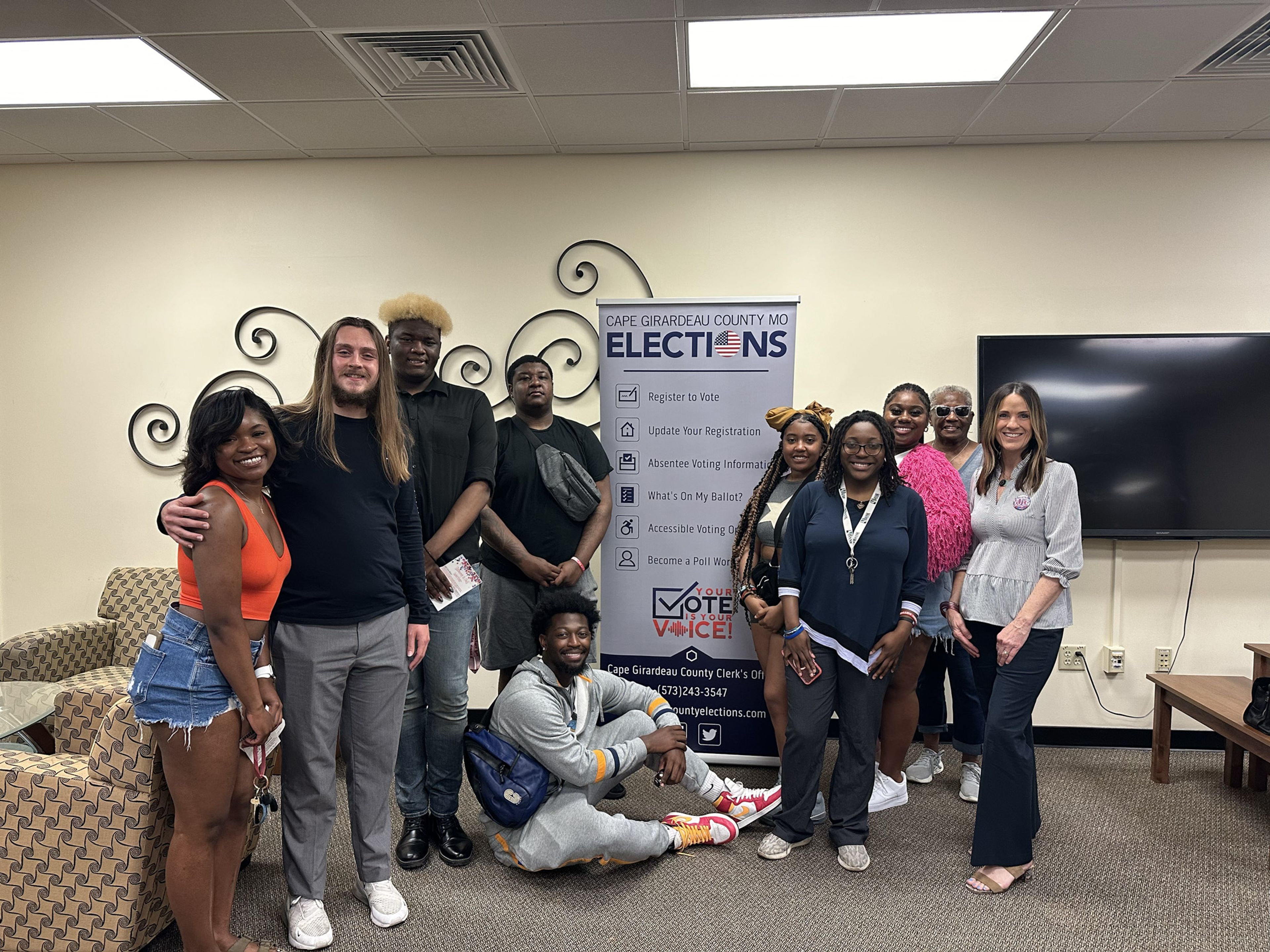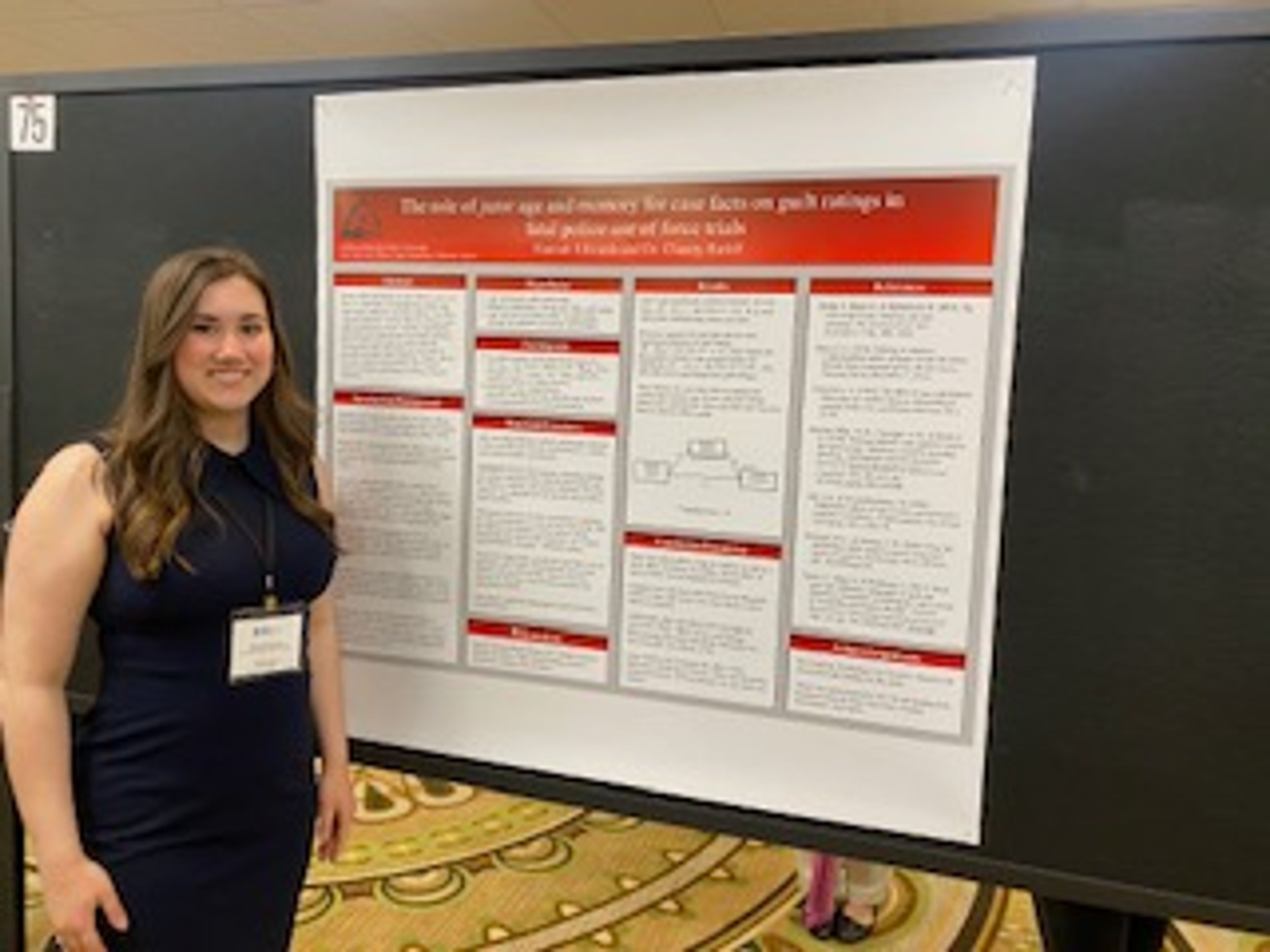Eight international students came to Southeast Missouri State University in 2007 as freshmen. They were a part of 203 international students and 1,651 freshmen on campus.
A year later Southeast hired a recruiter to increase international student enrollment, and in that same year, the total of incoming international students was five times the number in 2007.
Zahir Ahmed began recruiting international students to Southeast in 2008, and enrollment has been continually rising since.
"[Southeast hired Ahmed] to attract an international student population that was more representative for schools like Southeast," associate vice president for enrollment management and director of admissions Debbie Below said. "In 2006 and 2007, there were very few international students before he arrived."
There were 41 incoming international students in 2008 at Southeast, and the international student population increased to 314. A year later the international student population jumped slightly to 336, but it was not until 2010 when the numbers began to show a significant increase. In 2011 there were 735 international students at Southeast, and, after four years of recruiting international students to Southeast, there are 830 international students enrolled this fall.
Ahmed, the director of international admissions and services, said Southeast uses stringent standards in the admission processes and in converting overseas high school grades for admission purposes, Southeast uses a conservative approach. Thus, international students at Southeast often will have better grades and better retention and graduation rates than non-international students. An international student typically graduates in four years, while non-international students take longer on average.
"They graduate in a shorter time because they are governed by the government. They don't have the temptation to get a part-time job this semester, or get a job and take a semester off this year," Ahmed said. "The American government requires international students to be full-time students. They cannot drop a class. If you're spending so much money to study in the U.S., you are likely to graduate. Most international students' funding comes from their parent's savings."
International students' cumulative GPAs are higher than non-international students at Southeast, Ahmed said.
International students also graduate at a higher rate at Southeast than domestic students. According to Below, the overall graduation rate for Southeast was 46.3 percent for in 2011, compared to 57.1 percent for international students.
In the 2008-2009 academic school year 46 international students graduated. That increased to 104 graduates during the 2011-2012 academic school year, and Ahmed said he expects more than 130 this year.
"Our graduation rates have gone up the last few semesters because we reached that point where everyone is starting to graduate now. Every semester there is more and more on the graduation list," said assistant director of international admissions Heather Meng.
Ahmed said international students must go through a process before they can be admitted into Southeast or any university in the U.S. International students must provide financial documents indicating they have sufficient funds to be able to finish their degree in the U.S. Only 40 to 50 percent of international students are granted a student visa from the U.S. consulate.
Ahmed said international students must also pass an English proficiency test before they can be admitted into a university, but overall international admissions are similar to non-international admissions.
"We try to admit students based on grades that are similar to domestic students," Ahmed said. "But because each country has different grading systems from us, the U.S. government provides us with guidelines."
Meng said all universities in the U.S. have to follow guidelines provided by the American Association of Collegiate Registrars and Admissions Officers to convert grades from other countries to the U.S.
"We would go through the system provided by AACRAO, and then we could see that this percentage is equal to A, this percentage is equal to B," Meng said. "Then we would convert what their required GPA would be and match it with our admission standards."
Ahmed recruits international students to Southeast from other countries. He speaks to agencies in different countries, explaining things like Southeast's tuition fees, tuition payment plan, campus living requirements, what visa should students apply for and more.
"For instance, [I will tell the students] if you want to come in as an undergraduate, these are our requirements and this is how much is costs, and it changes from time to time," Ahmed said. "If our tuition goes up, then I explain to them that it is a little more expensive this year."
According to Ahmed, when he speaks to a U.S. consulate overseas, he informs officials that Cape Girardeau's population is not very diverse, and it's good for Americans to have international students in their own community.
"The international students overseas -- when they want to come here there are several factors. They look at if the city or town is very safe, and Cape Girardeau is very safe," Ahmed said. "The parents want their kid to be safe, so I talk about how safe we are and how we are the safest campus in the state of Missouri. Some parents want fewer distractions. They don't want their kid to go in a big environment where there all of these malls and nightlife. They just want their kid to study and be focused."
Many agencies overseas have a long list of schools that they have worked with. For example, a student in China can go to an agency and say he or she wants to study abroad, major in business and attend a college that costs less than $25,000 a year. The agency shows the student a list of colleges the agency works with that meet the student's criteria. Then, someone at the agency discusses the application process with the student.
Many overseas agencies do not limit options to U.S. schools. Students can also study in the United Kingdom, Australia or Canada, Meng said. The circumstances depend on what the student can afford and if he or she meets certain requirements.
"For example, our Saudi Arabian students that are on government scholarships [from Saudi Arabia] can go to Canada, they can go to New Zealand, they can go to Germany, they can go to any of these places, but it depends on what they want to do and where their recommendation fits," Meng said.
According to Meng, some countries have a scholarship fund that students may apply for to study abroad. The scholarships generally pay for all student fees. The government of Saudi Arabia has specific plans for developing the country, so certain programs are targeted for students to earn U.S. degrees and return home to improve their country.
There are also other countries in the Middle East, Africa and Europe that provide various scholarships and amounts to qualified students who wish to study abroad.
"In a past era, Malaysia also had a similar program -- hence the number of Malaysian students studying abroad was very high during that time period," Meng said in an email. "The main idea is to educate their best students and bring them home to further improve their society."
According to Ahmed, an American education, in particular, is highly valued all over the world. If an international student receives an American education, he or she can go back home to receive better employment.
Employers in other countries value the United States education system's focus on synthesis and critical thinking in the classroom and how United States universities and colleges require general education courses for students. Many countries do not offer these, Ahmed said.
"America is everywhere. American corporations are in China, India, wherever else," Ahmed said. "At the moment, [the] U.S.A. is the number one country for valued as education. It will get international students good jobs, [a] good opportunity when they go back to their country. Part of it is that and another part is that they don't have very good institutions [in some countries]."
For example, the competition is fierce in Sri Lanka. Students almost have to go to a two-year college before they can attend a four-year college, Meng said. The four-year college spaces are limited because Sri Lanka is a small country where there are more students than there are spaces.
"So, if you want to become educated you have to leave your country and study somewhere else," Meng said.




